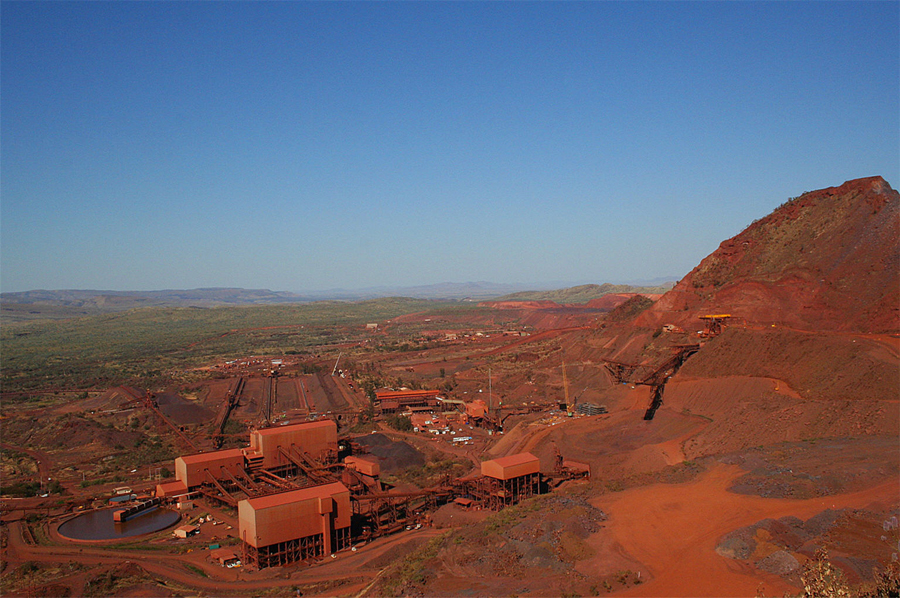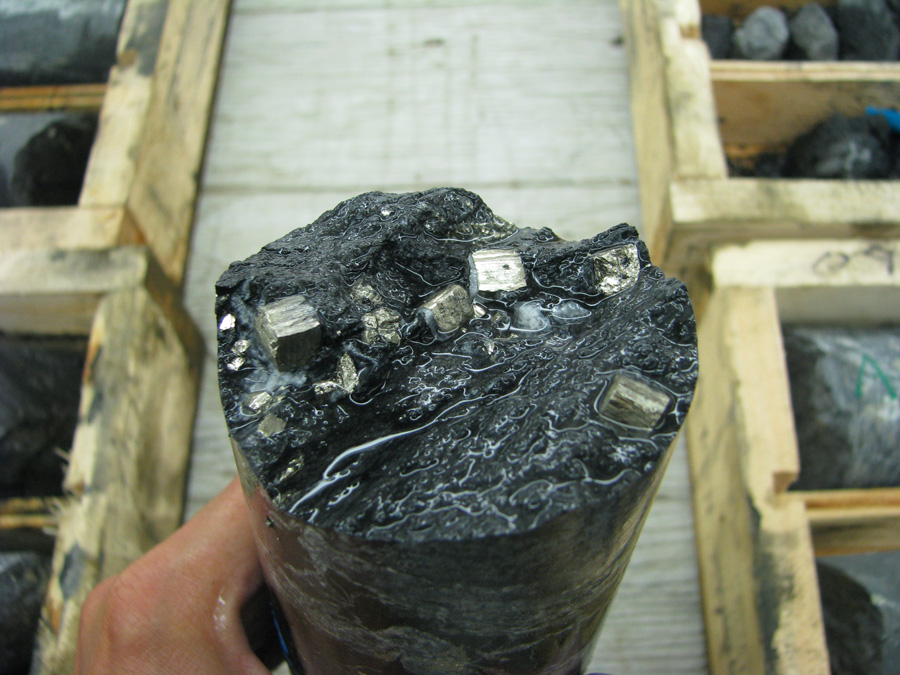Rio CEO: We’ll cut iron ore output to boost cash flow

The import price of 62% Fe content ore at the port of Tianjin scaled $80 per dry metric tonne on Monday – the highest since mid-September 2014 according to data supplied by The Steel Index. Year to date the price of the steelmaking raw material is up 87%.
A resurgent steel industry in China – responsible for more than three-quarters of the seaborne iron ore trade – has taken much of the credit for the rally from near-decade lows struck in December last year.
Rio Tinto, world number two producer, has long maintained that China is on its way to forging a billion tonnes of steel per year by 2030 compared to the current output just north of 800 million tonnes.
Reuters reports that at a recent investor conference Rio Tinto Chief Executive Jean Sebastien Jacques “quietly abandoned [Rio’s] long held view”:
Jacques said that uncertainty over the restructuring of China’s huge state-owned enterprises (SOEs) made it difficult to predict how things would pan out.
“No one can work with only one scenario … we work with multiple scenarios and our central case is not 1 billion tonnes,” Jacques told analysts at the briefing in Sydney last week.
And Jacques didn’t stop there. He went further to say that Rio would consider cutting the amount of iron ore it mines if doing so would boost free cash flow.
“If it means reducing volume, we’ll do it,” he said.
China is on track to import 1 billion tonnes of ore in 2016, an all-time high, not just due to strong demand from the country’s blast furnaces, but because hundreds of domestic miners struggling with low grade and high costs have been forced out of the market.
After more than halving since 2011 to less than 200m tonnes, Chinese iron ore output on a 62% Fe basis is forecast to fall by a another 12% in 2016 and by a further 20% in 2017 according to Australia’s state forecaster.
But with iron ore back above $80 a tonne many Chinese iron ore mines may start to re-enter the market just as new exporters like the 55 million tonne per year Roy Hill mine in Australia and Brazil’s S11D ramps up to full production.
More News
{{ commodity.name }}
{{ post.title }}
{{ post.date }}

Comments